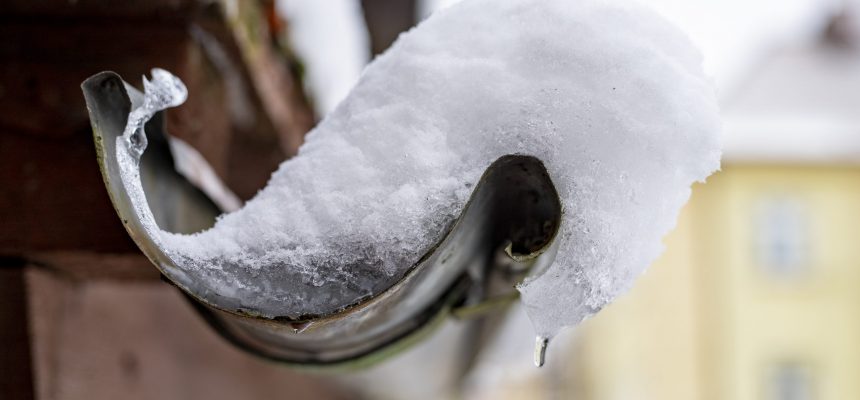Your roof is there to protect you and your family against the elements- especially a harsh winter. Therefore, it’s a good idea to invest some time inspecting your roof before it’s too late and you end up with damage from heavy snow. In this article, we’ll provide a checklist of 9 things you can do to make sure your roof is prepared for winter.
How to Inspect Your Roof
Winter is coming, you might want to inspect your roof before it gets here. Preparing your roof for winter is absolutely critical. After all, your roof is protection for your family against the harsh winter weather, as well as helps with heating costs. If you spend time on maintenance, you can extend the life of your roof and avoid serious damage.
Checklist for Roof Inspection
You may feel like preparing your roof for winter is a formidable task, but it’s a necessary one. Below, you will find a few areas that you should focus on.
Clean Debris
If there are pine needles, dirt, twigs, leaves, or branches on your roof, they need to be cleaned quickly. When you leave debris to sit on your roof, you could end up with mold and mildew. Plus, it can cause granule loss on the shingles and clog the gutters. Clogged gutters can then lead to major issues in the future.
Inspect Framework
It’s a good idea to bring in a professional to inspect your roof, just to get their opinion on it. They are trained to spot issues before they lead to something more serious.
Check Flashing
One of the most common spots for roof leaks to occur is the area along the flashing. Make sure to spend some extra time inspecting the areas around your skylights and chimney, ensuring that the flashing isn’t pulling away from the roof and the seal is still intact.
Inspect Valleys
Another common area for leaks to occur on your roof is the valleys. If you live in an area where snow and ice build-up, this could be a major issue for your roof. Make sure that you clear out any debris to decrease the weight in these areas.
Inspect Shingles
Just like the flashing, after tough weather, the shingles can also come loose. If you find any missing or damaged shingles, they should be replaced right away. If there’s signs of shingle curling or granule loss, it’s a good idea to replace it.
Clean Gutters
Though this was mentioned briefly above, it bears repeating. Make sure to take the time to clear out your gutters. In addition to cleaning out debris, make sure that they’re still securely attached. If they are sagging or pulling away, it can cause issues with the water being pushed towards downspouts.
Replace Sealant
The chimney, antennas, vents, and plumbing stacks need to be sealed properly. Over time, sealant/caulking wears out, so it’s a good idea to check it from time to time.
Check Chimney
When you’re doing your winter roofing inspection, make sure to make an appointment to have your chimney cleaned as well. Also, have a roofer check for missing bricks/mortar on the chimney and make appropriate repairs immediately. However, not all roofers do this, they may refer you to someone that can.
Check Attic and Insulation
This is something that a lot of homeowners forget about when inspecting their roof for the winter. Make sure that the insulation is evenly distributed to keep your home warm. You’ll also want to check for any wet/damaged insulation to see if you’ve already had a roof leak that needs to be taken care of.
Conclusion
As you can see, you definitely need to take the time to inspect your roof before winter so that you can avoid any significant damage to your home. Your roof is a shelter for you and your family against the harshness of winter and can help keep your heating costs manageable. Make sure that you take the time to inspect your roof before it’s too. Don’t forget to schedule your free roof inspection.





